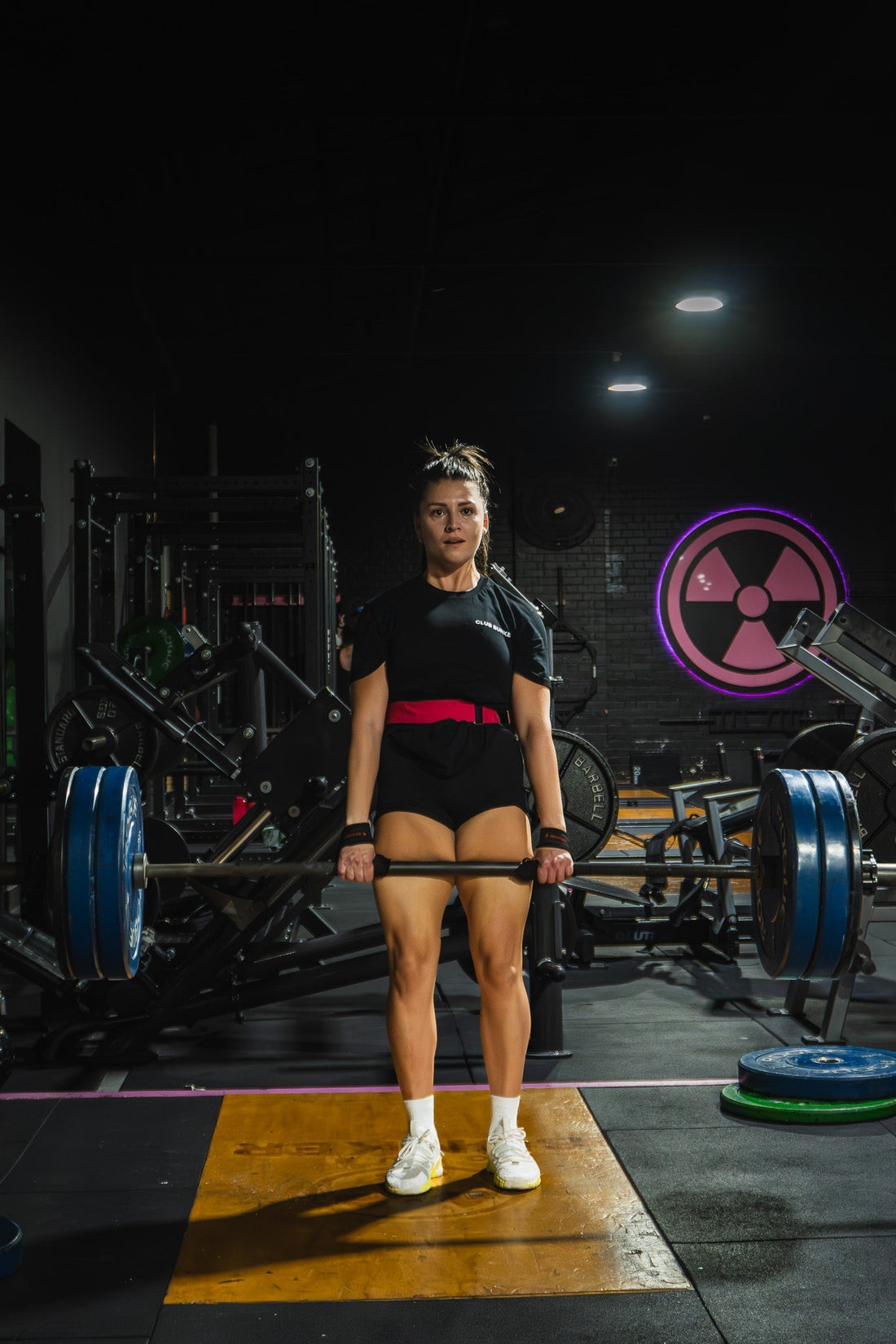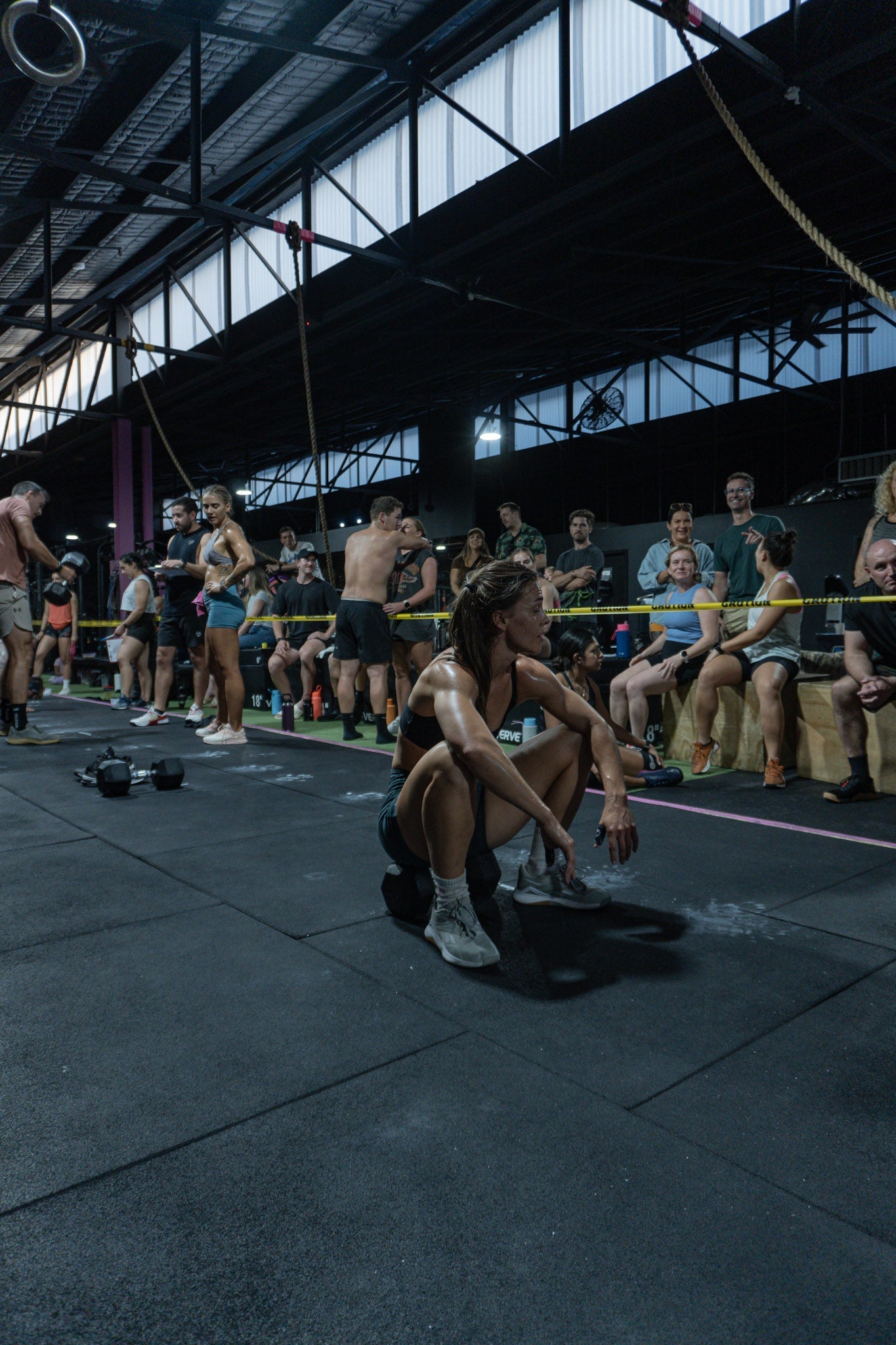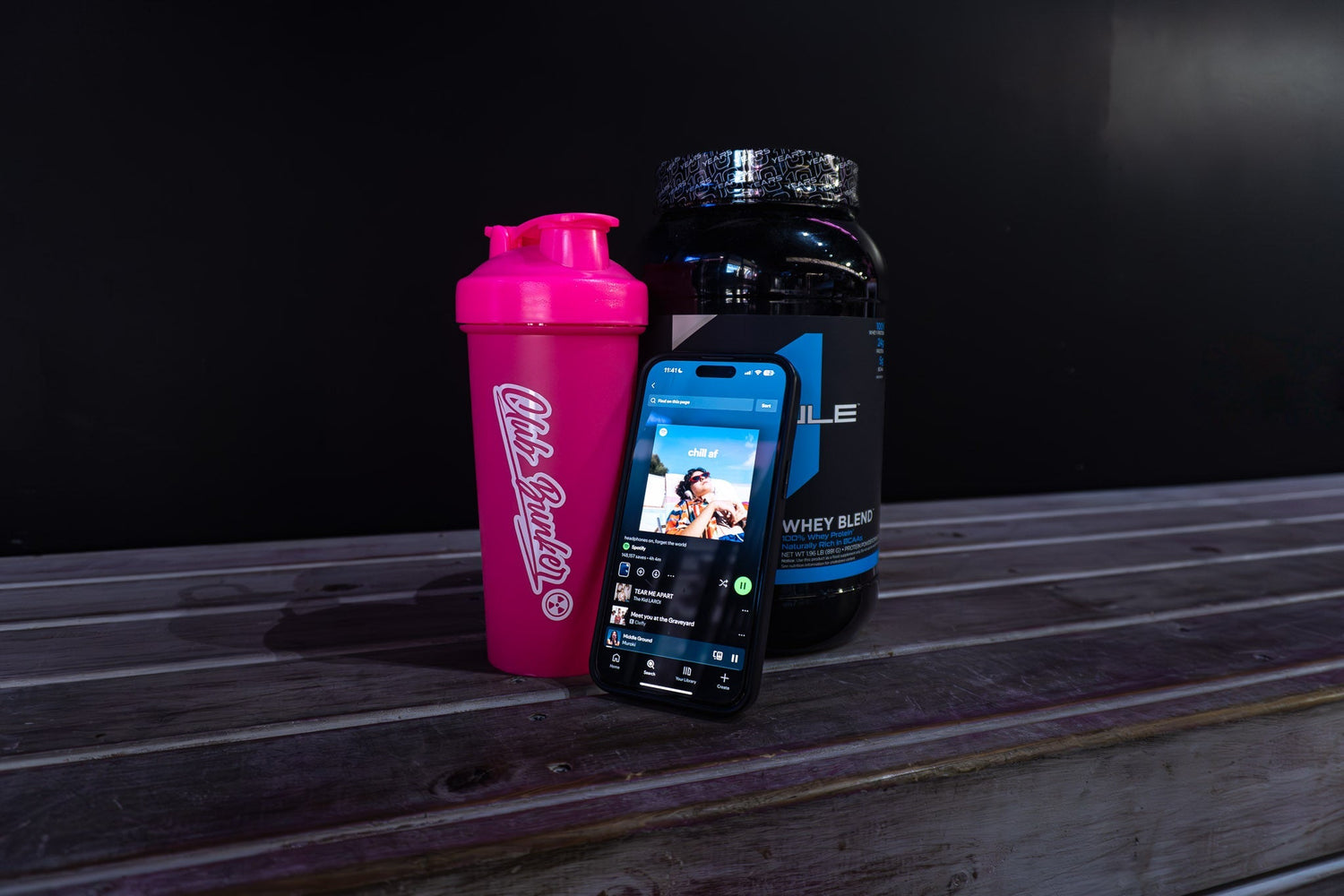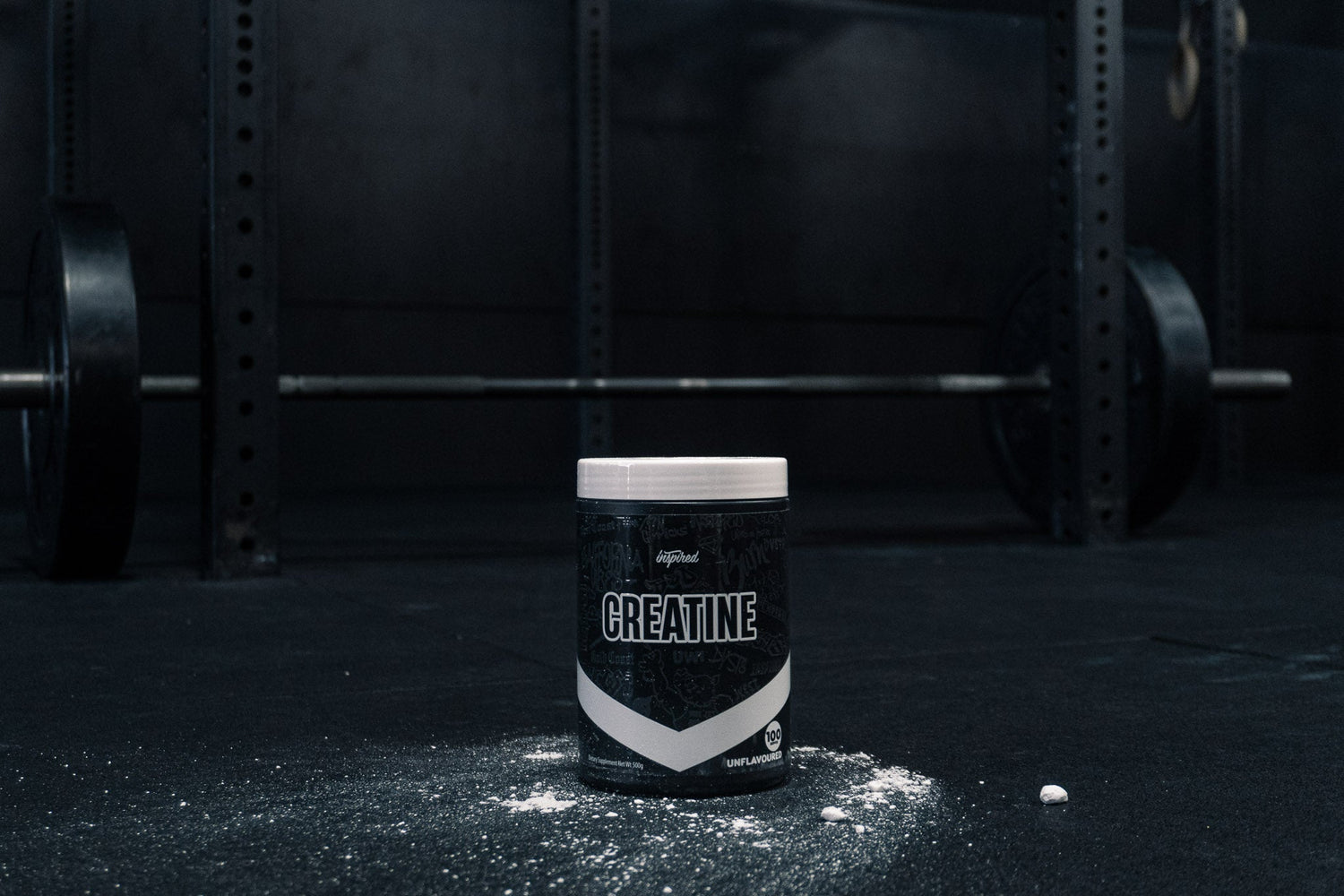The Ultimate Guide to Building Strength Without Bulking Up
One of the most common concerns, especially from new gym members and a lot of women, is, “Will lifting make me bulky?” The truth is, it takes years of targeted effort, a lot of food, and the right genetics to build serious muscle mass. Building strength, on the other hand, is for everyone. Whether your goal is to get stronger for sport, health, or just everyday life, you can absolutely achieve it without turning into the Hulk.
Why Build Strength?
Strength isn’t just for powerlifters or bodybuilders. Improving your strength means you move better, age better, and handle life’s challenges with more ease. Stronger muscles help prevent injury, boost your metabolism, improve posture, and make everyday tasks like carrying groceries, chasing kids, or playing sport feel easier. You’ll also build confidence and resilience along the way.
What Actually Makes You “Bulky”?
Let’s bust the myth. You won’t wake up one morning with massive muscles. Bulk comes down to two things: muscle gain and body fat. The people you see with large, defined muscles have spent years, and eaten thousands of surplus calories, to get there. Unless you are intentionally eating for muscle gain, training with high volume and intensity, and have a genetic gift, you are not accidentally getting “too big.”
Instead, what you’ll get from strength training is toned muscle, a firmer and stronger body, not a larger one.
How to Train for Strength, Not Size
The way you train makes a big difference. Here’s how to build real strength, without adding bulk:
- Low to moderate reps, higher weight: Focus on the classic 3 to 6 rep range with challenging (but safe) weights. This stimulates strength gains without the pump or muscle swelling from high-rep sets.
- Longer rest periods: Rest 2 to 3 minutes between sets. This helps you recover fully and put maximum effort into each set, which is ideal for strength.
- Limit total volume: Strength training programs usually call for fewer sets and exercises than bodybuilding routines. You are aiming for progress, not chasing a pump.
- Master compound lifts: Squats, deadlifts, presses, rows, and pull-ups work multiple muscle groups and build functional strength without unnecessary isolation work.
- Stay consistent: It’s better to train three times a week, consistently, than to go hard five days and then burn out.
Nutrition: Fuel for Strength, Not Size
Worried about gaining unwanted weight? The key is not eating in a calorie surplus.
- Eat at maintenance (or just above): You need enough fuel for recovery, but not so much that you are piling on excess body fat.
- Prioritise protein: Aim for at least 1.6 to 2.2 grams of protein per kilogram of body weight daily. This helps your muscles recover and get stronger without unnecessary fat gain. Shop protein here.
- Don’t skip carbs: Carbohydrates are important for fuelling your workouts and speeding up recovery. Don’t fear them; they won’t make you bulky.
- Watch your portion sizes and snacks: Track your food for a couple of weeks if you’re unsure of your intake. Awareness is everything.
How Supplements Fit In (and What to Skip)
You don’t need a drawer full of supplements to get strong, but a few can help:
- Protein powder: Convenient for hitting daily targets, especially if you’re on the go. Find your perfect blend.
- Creatine: The most researched and effective strength supplement. It helps you progress faster without adding fat or bulk. Inspired Whey Blend and Optimum Nutrition Gold Standard are both great paired with creatine.
- Electrolytes and hydration: Especially if you’re training in hot weather or sweating heavily.
- Skip “bulking” supplements: Mass gainers, high-calorie shakes, and heavy carb powders are for people looking to gain size, not just strength.
How Progress Looks (and Feels)
Building strength comes with wins that don’t always show up on the scale. You’ll notice:
- Improved posture and confidence
- Heavier lifts, feeling lighter during everyday movements
- Clothes fitting better, not tighter
- Higher energy levels, better sleep, and resilience to stress
- For women: a firmer look, not a bigger one
Remember, if your clothes feel tighter, it’s often muscle replacing fat, or just normal water or glycogen changes from training. If you’re watching your intake, you won’t bulk up.
Real-World Tips
- Track your lifts, not just your weight: Progress in the gym is about how strong you’re getting, not the number on the scale.
- Don’t chase failure every session: Focus on good form, steady progress, and smart recovery.
- Mix in cardio and mobility work: This balances your training, supports recovery, and keeps your body moving well.
- Be patient: Building real strength is a marathon, not a sprint.
Final Thoughts
Strength is for everyone, and you can absolutely get stronger without bulking up. It’s all about how you train, how you fuel, and how you recover. Focus on the basics, stick to your plan, and remember: the results you want come from consistency, not extremes.
Want help building your own strength stack? Check out our curated protein and creatine bundles here or browse our full protein range.
Have questions about strength training or worried about getting bulky? Drop a comment below or chat with us in the gym. We’re always happy to help.





